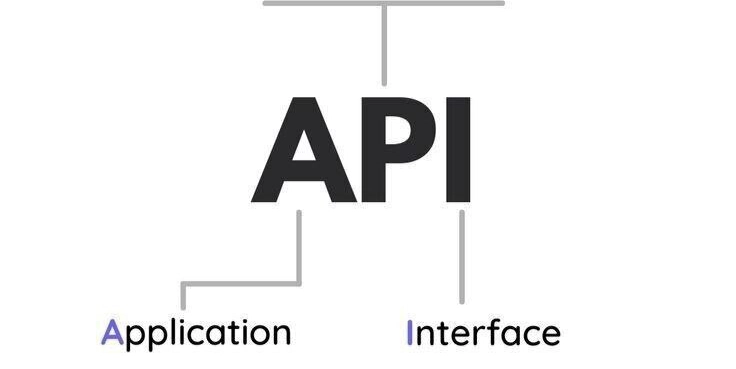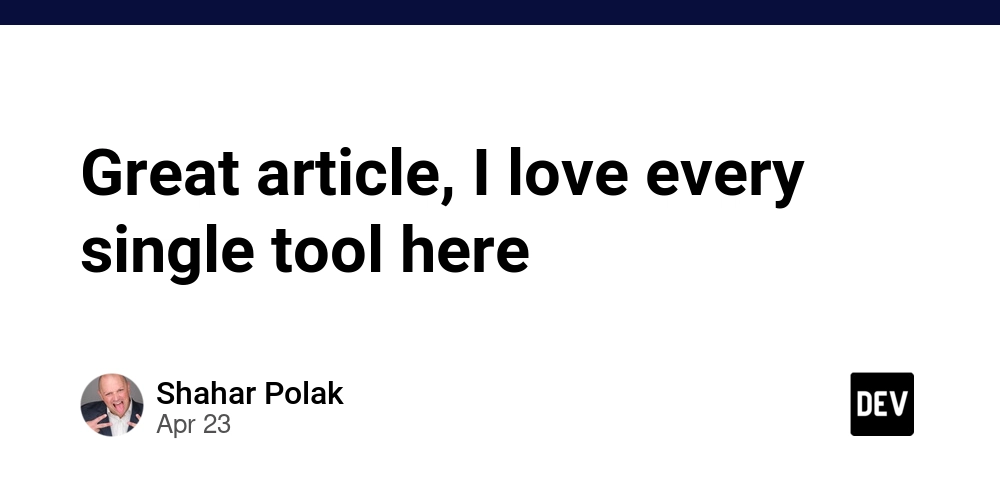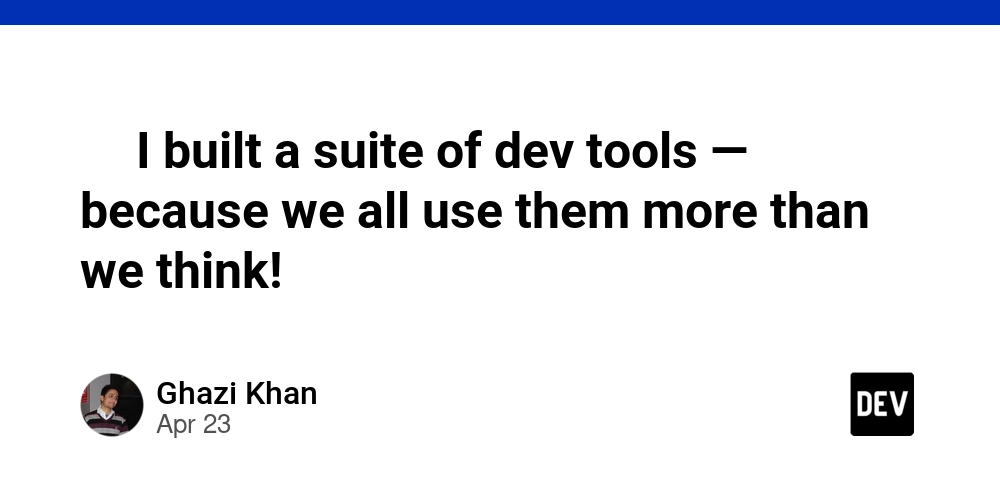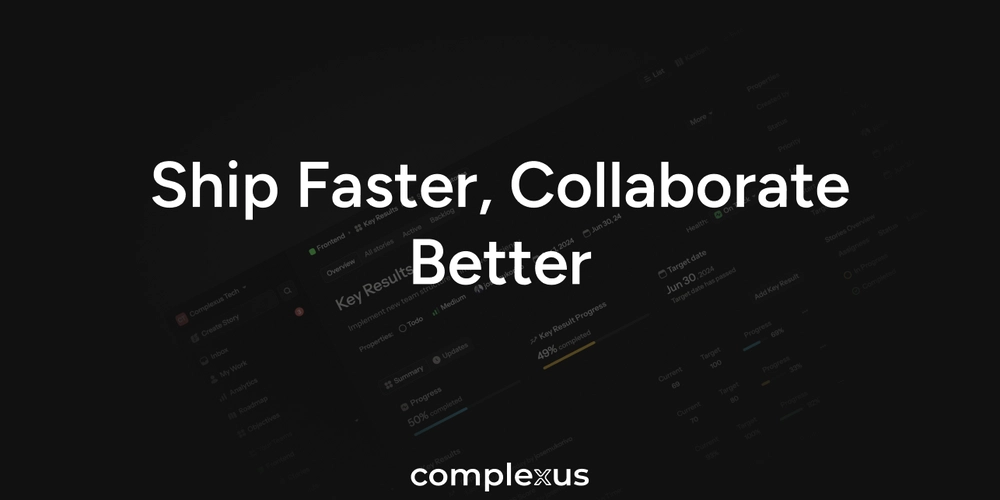
Stop Guessing! See Which API Documentation Gets Devs Excited (and Which Confuses Them)
Tired of wrestling with API documentation that feels like a secret code? Choosing and understanding the right API is crucial for efficient development. We’ve analyzed popular API docs to reveal the best (and worst) examples, saving you time and frustration. Dive into our API documentation review and discover what makes some APIs a joy to use, while others leave you scratching your head.
The Quest for User-Friendly API Documentation
As a technical writer, I've spent countless hours exploring API documentation. To help developers, I compared the API documentation of Paystack, PayPal, Spotify, and The Movie Database (TMDB), focusing on:
- Structure and Organization: How logically is the information presented?
- Ease of Navigation: How quickly can developers find what they need?
- Clarity of Information: Is the language precise and understandable?
- Completeness of Content: Does it cover authentication, endpoints, and more?
API Documentation That Makes You Smile: Paystack & Spotify
Paystack and Spotify's API documentation offer a refreshingly positive experience. These API docs stand out for their user-centric design and clear communication.
- Intuitive Layout: Information is laid out logically, making it easy to digest. Paystack's structure feels super intuitive, while Spotify keeps things clean and organized, even with a wealth of information.
- Effortless Navigation: Finding what you need is quick and painless. Paystack's sidebar is well-organized, featuring a search bar that actually works!
- Guiding Language: Spotify's content feels like a helpful guide, offering a "here's what you do next" vibe. This is a game-changer, especially for beginners.
- Practical Examples: Plain language is used, avoiding unnecessary tech jargon. Code examples are readily available in multiple languages, catering to diverse developers.
- Comprehensive Coverage: Authentication is explained step-by-step, and endpoints are detailed with clear input and output examples.
The Reliable Workhorse: PayPal API Documentation
PayPal's API is undeniably massive, but their documentation handles the complexity admirably. Discover how they manage to provide clarity amidst a sea of features.
- Clear Sectioning: Information is broken down into clear sections based on different needs (payments, subscriptions, etc.) to prevent information overload.
- Effective Navigation: Finding your way around is manageable thanks to a functional search feature and clear menus.
- Detailed Explanations: While sometimes requiring more in-depth explanations due to the API's complexity, the documentation remains understandable with ample code examples.
- Complete Information: All essential aspects are covered, including authentication methods (cURL & Postman), numerous endpoints, and details on both successful and failed responses.
The Head-Scratching Experience: TMDB API Documentation
Navigating TMDB's API documentation can sometimes feel like a treasure hunt. It highlights the importance of clear and user-friendly documentation.
- Confusing Layout: Finding specific information can be challenging despite the presence of a basic structure.
- Vague Explanations: The explanations can be somewhat ambiguous, assuming a level of prior knowledge. The documentation misses out on the "here's how you actually use this" guidance.
- Missing Guidance: While technical details like authentication and basic endpoints are present, the documentation lacks practical guidance.
Key Takeaways for Writing Excellent API Docs
Good API documentation is crucial for developers. It should focus on clear structure, simple language, effective navigation, and step-by-step guidance. Paystack and Spotify prove that API documentation can be a pleasant experience. PayPal demonstrates effective handling of complex APIs. By learning from these examples, you can create API documentation that empowers developers and drives adoption.
- Focus on Clarity: Use clear, concise language and avoid technical jargon.
- Provide Practical Examples: Offer code snippets and real-world use cases.
- Prioritize Navigation: Ensure developers can easily find the information they need.
- Guide Users Step-by-Step: Walk developers through the process of using your API.























